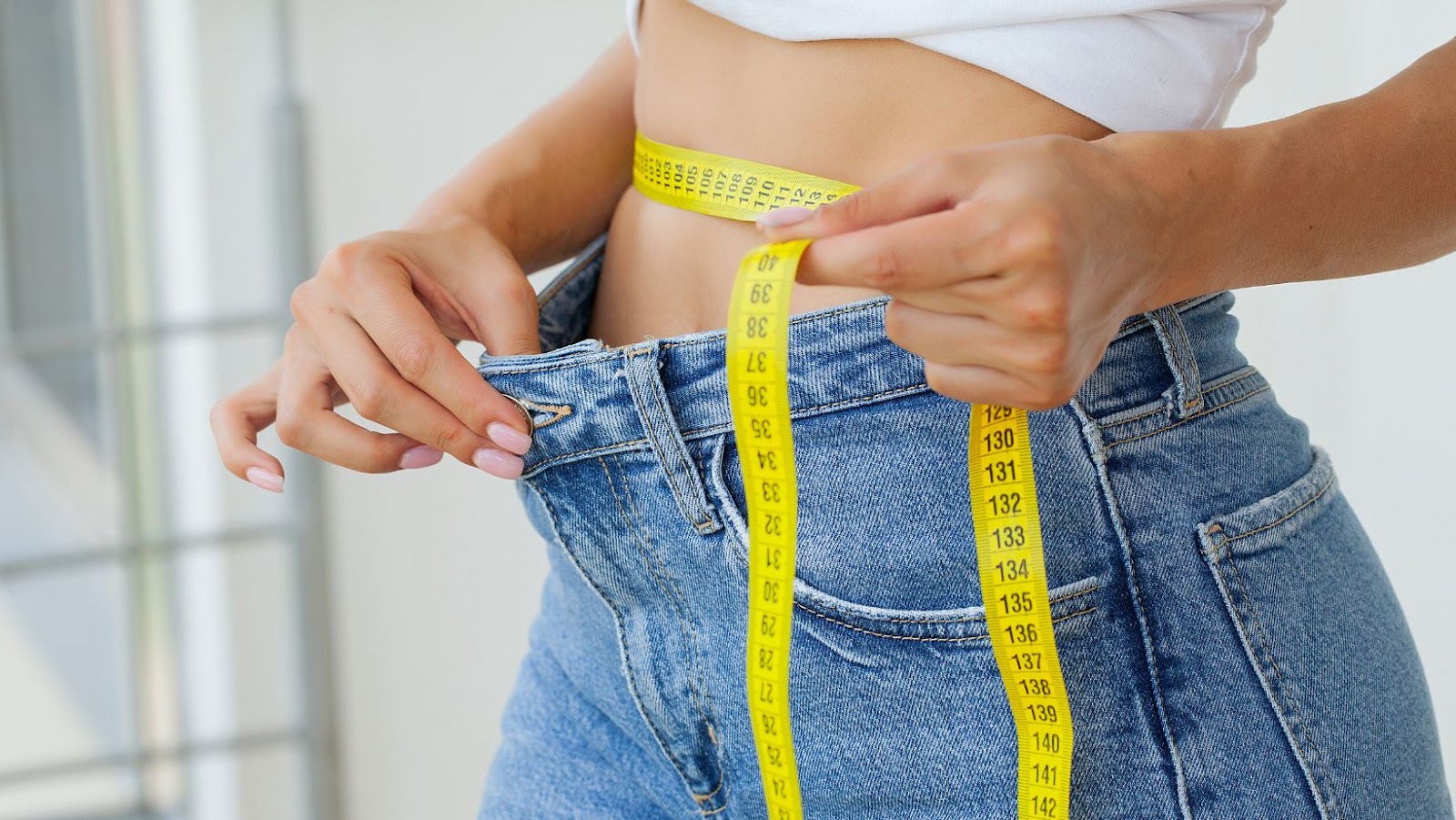
How Much Is 20 kg
When it comes to measuring weight, accuracy is key. Whether you’re shipping goods or simply trying to portion out food ingredients, it’s important to know exactly how much you’re dealing with. But what if you don’t have access to a scale? Specifically, what if you’re trying to figure out how much is 20 kg without a weight machine? Fortunately, there are a few simple ways to estimate weight that don’t require any special tools.
First, it’s helpful to know that 20 kg is equivalent to 44.09 pounds. This can give you a general idea of how heavy the item in question is, even if you can’t be precise. From here, you can use common objects that you may have lying around your home or workplace to figure out how much 20 kg looks and feels like. For example, a bag of potatoes or a 5-gallon jug of water each weighs around 20 kg, so you can lift and compare these items to the object you’re trying to measure.
Another way to estimate weight is to use the displacement method. This involves placing the item in question in a container of water and observing how much the water level rises. Based on the volume of water displaced, you can calculate the weight of the item according to the density of the material it’s made of. While this method may be less practical for larger or irregularly shaped objects, it’s a useful option for measuring small and uniform items like fruits or nuts.
Check out our next post!
Step-by-Step Guide on How to Measure 20 kg
If you’re wondering how much 20 kg is, or if you need to measure 20 kg of something for a recipe or project, then you’ve come to the right place. Here’s a step-by-step guide on how to measure 20 kg accurately.
- Use a Digital Scale: One of the most accurate ways to measure 20 kg is by using a digital scale. Make sure to place the scale on a level surface, and then turn it on. Wait for it to calibrate and then place the item you want to measure on top of it. The scale will show you the exact weight of the item in kg or other units.
- Use Weights: If you don’t have a digital scale, you can still measure 20 kg by using weights. You’ll need a combination of large weights, such as 10 kg and 5 kg weights, to get to 20 kg. Use the larger weights first and then add the smaller weights until you reach the desired weight.
- Use a Measuring Tape or Ruler: Another way to measure 20 kg is by using a measuring tape or ruler. This method is best for larger objects that cannot be placed on a scale. Measure each dimension of the object (such as length, width, and height) in centimetres and then convert the measurements to cubic metres. Finally, multiply the cubic metres by the object’s density (in kg per cubic metre) to get the weight in kg.
- Use a Bucket or Container: If you need to measure a bulk item such as rice, sand, or flour, you can use a large bucket or container. First, weigh the empty container and record its weight. Then, fill the container with the item until it reaches the desired weight of 20 kg. Weigh the container again with the item inside, and subtract the weight of the empty container to get the item’s weight.
Measuring 20 kg accurately is crucial to many activities, such as cooking, construction, and gardening. By following these four simple methods, you can measure 20 kg easily and efficiently.
Tools and Tips for Accurately Measuring 20 kg
When it comes to measuring weight, accuracy is essential as even a slight variance can result in an incorrect measurement. Whether you’re measuring 20kg for personal or commercial purposes, it’s important to have the right tools and tips to ensure accuracy. Here are some tools and tips that I find useful for accurately measuring 20 kg:
- Digital Scale: A digital scale is an essential tool for measuring 20 kg. Ideally, you want a scale that can display the weight in both kilograms and pounds to give you flexibility. Look for a digital scale that is accurate, easy to read, and can accommodate the weight of 20kg.
- Calibration: To ensure the accuracy of your digital scale, regular calibration is necessary. Calibration ensures that the scale is reading the correct weight and will provide you with accurate measurements each time. Check the manufacturer’s instructions for calibration frequency and follow them closely.
- Tare Function: Most digital scales come with a tare function that allows you to reset the scale to zero. This is important when you need to measure the weight of an object that is placed in a container or on a surface. Using the tare function ensures that the weight reading is only for the object being measured, not the additional weight of the container.
- Weighing Container: Using a suitable weighing container is essential when measuring 20 kg. Ideally, the container should be sturdy, large enough to accommodate the weight, and compatible with your digital scale. A suitable weighing container will help prevent spillage, ensure accurate readings, and protect the digital scale from damage.
- Practice: Measuring weight requires practice, especially if you are new to it. Take some time to practise measuring known weights to get comfortable with the process. It’s also a good idea to record your measurements and compare them to known values to check the accuracy of your scale.
In conclusion, measuring 20 kg accurately requires the right tools, calibration, weighing containers, and practice. By following the tips provided in this section, you can measure 20 kg accurately with confidence and avoid costly errors.
Conclusion
In conclusion, measuring 20 kg accurately and efficiently is crucial for many everyday activities, whether it is for cooking, shipping items, or working out. Measuring devices such as scales and volumetric containers are readily available and affordable, making it easy for anyone to measure 20 kg with precision.
It is important to remember that in some cases, 20 kg can be an excessive weight that requires special handling and safety precautions. Always follow the safety guidelines when lifting and carrying heavy objects to prevent injuries.
Moreover, understanding the conversions of different weight units, such as pounds and ounces, can also be beneficial in measuring 20 kg. There are many online conversion tools available today that can help make the conversion process fast and straightforward.
Finally, measuring 20 kg can be a simple but critical task that can have real-world implications. With the right tools, techniques, and safety measures, anyone can measure 20 kg accurately and efficiently, making it one less thing to worry about when it comes to daily tasks and activities.

